Powder Vs. Liquid Foundation: Here’s How to Find Which One Is Right for You



Brittany Leitner

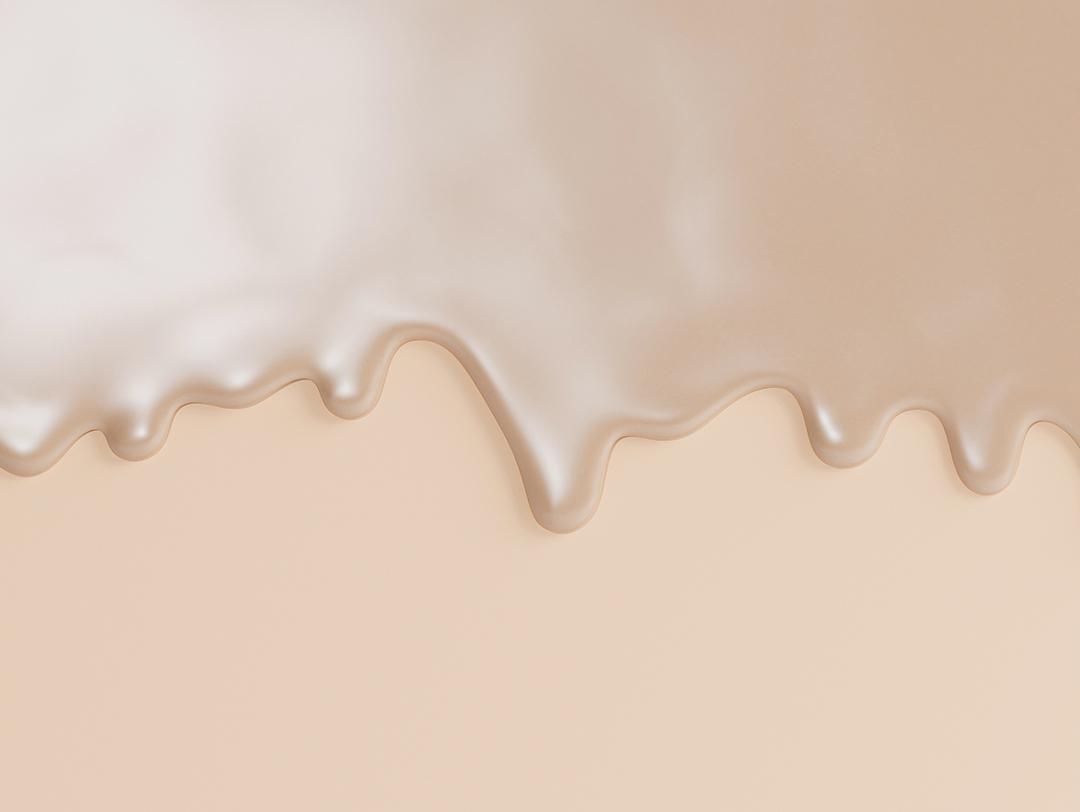
Foundation is a makeup product that can work magic for your complexion. It can even out skin tone, cover up blemishes, and give you an all-over glow in just one easy step. There are endless foundation options on the market, from skincare-infused formulas to radiance-boosting liquids, powders, and creams. When choosing your type of foundation, one of the first questions you’ll be faced with is: Should I use liquid foundation or powder foundation? These are two foundation types we’ve tried time and again, and each has its benefits.
While the foundation you use depends on your unique skin type, skin tone, and needs, we’re here to help you figure out which formula will suit you best. We asked makeup artist Magdalena Major about all the benefits of liquid foundation and powder foundation, and which will give you the bright, even, and gorgeous complexion you desire.
Continue reading for all you need to know about liquid vs. powder foundation with tips from a makeup pro.


It's about glam time you treated yourself.
MEET THE EXPERT
Magdalena Major is a makeup artist based in New York City.
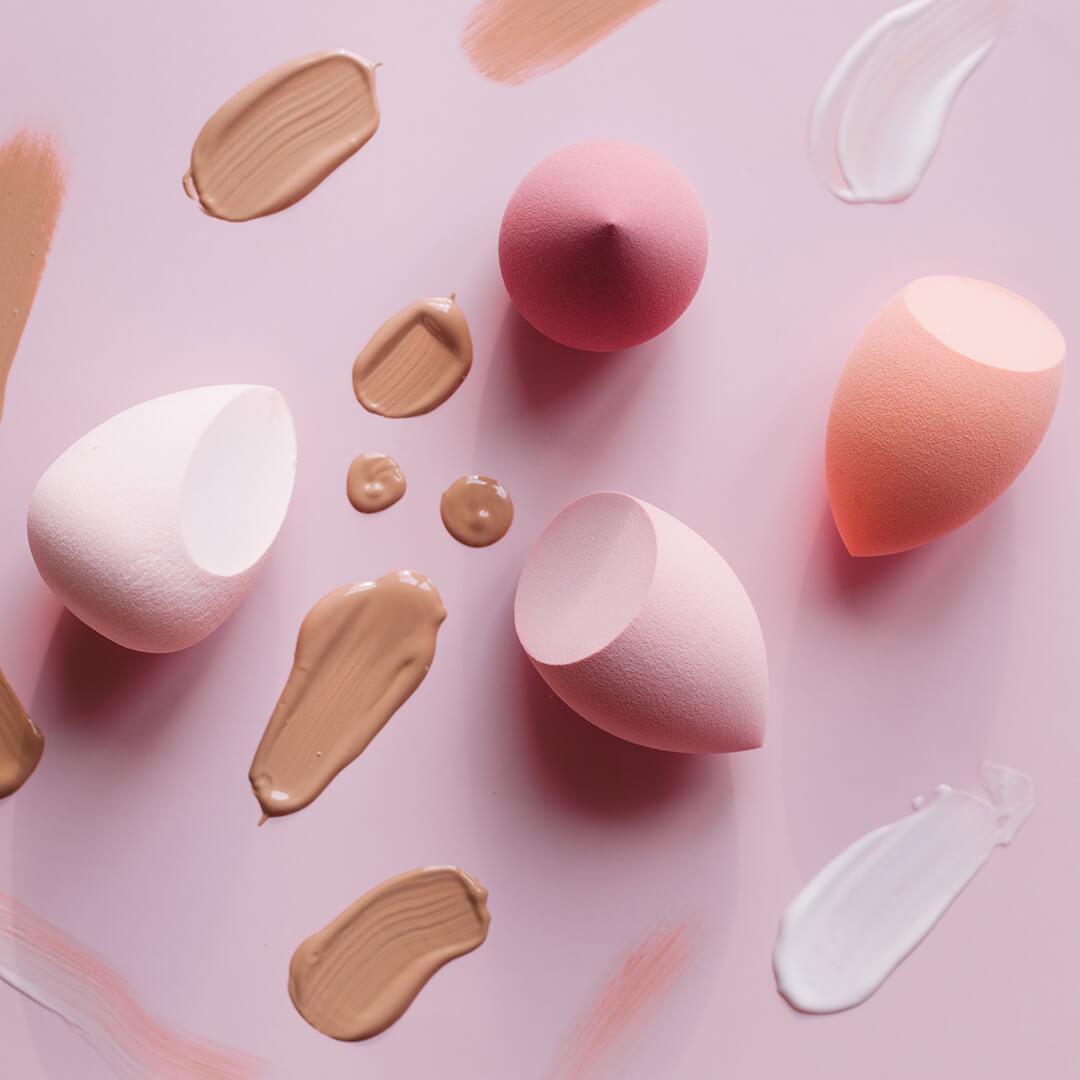

Let’s Talk Liquid Foundation—What Are the Benefits?
Looking for a seamless blend? When applied properly (and in the correct shade), liquid foundations can give your skin a natural finish. The base of liquid foundation is often a water-in-silicone mixture, which allows for streak-free, even application. Many liquid foundation formulas also come with additional skincare ingredients, like built-in moisturizer, hyaluronic acid, or SPF, which help to keep your skin hydrated and protected at all times.
This type of foundation also comes in a wide range of coverage levels, from light or sheer to full. Light coverage foundation can be similar to a BB cream or tinted moisturizer. “I love any type of tinted moisturizer or BB cream as long as they have SPF and are oil-free. They provide hydration, light coverage, and they completely synchronize with your skin, leaving a natural skin-like finish,” Major says. “Full coverage foundation is a buildable makeup that’s meant to cover your skin completely which helps us to hide any blemishes and imperfections,” says Major. Most liquid foundations are also super buildable. “You can either layer or sheer them out with a moisturizer. Less is more.”
Oily skin? Liquid foundation has you covered—just be sure to look for something oil-free as oil-based foundations can clog pores, boost oiliness, and cause breakouts on acne-prone skin. “Most oily skin types are [actually] dehydrated regardless of the oil they produce, so it’s essential to use a hydrating moisturizer before using any makeup,” says Major. “I prefer liquid foundation over the powder, as I think sometimes powders can over-dry your skin and leave it with unwanted texture and flakes.” (See some of our favorite foundations for oily skin here).
If you have dry skin, “You want to reach for liquid formulas because they’re hydrating, while powder ones can make any dry patches and imperfections more noticeable,” says Major. “Look for a liquid foundation with a built-in moisturizer, like this WANDER BEAUTY Nude Illusion Liquid Foundation. It's made with moisturizing hyaluronic acid to hydrate your skin while helping to cover up redness, breakouts, fine lines, and dark spots.
If you still can’t find the formula you’re after, why not try mixing a few different brands together? You can even mix shades or add in a few drops of face oil if you want more of a dewy look and finish.


What Should You Know About Powder Foundations?
Powder foundation is a pressed or loose powder formula that's made up of pigments and minerals. This style of foundation can provide full-coverage, but it's especially great for anyone looking for light to medium coverage. A swipe of sheer powder foundation can lightly even out your skin for a "your-skin-but-better" look—and it’s pretty fool-proof to apply.
Powder foundation is also great if you have oily skin. “Not only do they have oil-absorbing properties, but they are also less likely to clog pores which is ideal for acne-prone skin types. Just make sure you’re not too heavy-handed,” says Major. And if you tend to sweat easily or expect to be wearing foundation in the heat, powder foundation can easily stay put in high temperatures unlike liquid foundation, which can melt and shift in the heat. Dry skin? Major says to skip out on powders. “Powder foundation adds to the overall dry appearance [of skin], so for that reason liquid foundation is a better option.”
Powder foundation is also a great choice if you love natural ingredients like PÜR 4-in-1 Pressed Mineral Makeup Broad Spectrum SPF 15. This medium-to-full-coverage powder foundation is made with real ingredients, like pure shea butter and vitamin E.
Ready to Choose Your Foundation Type? Here Are 3 Things to Consider
As with most beauty products, choosing powder foundation or liquid foundation is personal—always go with what works best for your skin type and needs. But we’ve got a few parameters to help guide you:
1. Your Skin Type Matters
Like we mentioned above, if you have oily skin, powder foundation might be your best bet as they are excellent at absorbing and controlling excess oil. If you have combination skin, you can opt for liquid or powder, or both—try using powder foundation in oily areas and a liquid formula in other areas around your face. Or, top off your liquid foundation with a dusting of powder foundation for a full-coverage, oil-free look. Just don’t pack them both on, “A common mistake people make is using powder foundation on top of a liquid foundation,” Major says. This can result in a cakey finish. Mature skin or dry skin types should reach for a liquid foundation, as powder foundation can settle into fine lines and wrinkles.
2. Consider Coverage
In general, a powder foundation will provide a lighter level of coverage compared to a liquid foundation. If you want a truly full-coverage foundation, go with a liquid foundation and apply it right. Major says, “For liquid foundation application you can use many tools like brushes, sponges, or hands. When applying with a Beautyblender, make sure you spray the sponge with a little bit of water or a setting spray to make application easier.” She adds, “For powder foundation, I would use a fluffy brush or a sponge and swipe it over the center [of the face] and blend it outwards.”
3. Find Your Finish
If you’re into a matte finish, you can achieve it with both powder and liquid formulas—although powders are known for their mattifying effect thanks to their oil-absorbing capabilities. Seeking a dewy finish? You can find plenty of radiance-boosting powder formulas made with light-reflecting pigments, but liquids are usually a go-to to easily up your glow.
After you find your perfect foundation, you can make it last all day long with a setting spray as the final touch to your look.
Want in on all the IPSY Glam Bag fun? Take our Beauty Quiz now to get started. Already an Ipster? Refer your friends to earn points, which you can use toward products. Either way, don’t forget to check us out on Instagram and Twitter @IPSY.
Like this article? Share it with your friends by clicking the icons below!
Liked this post? Share!
Related Stories

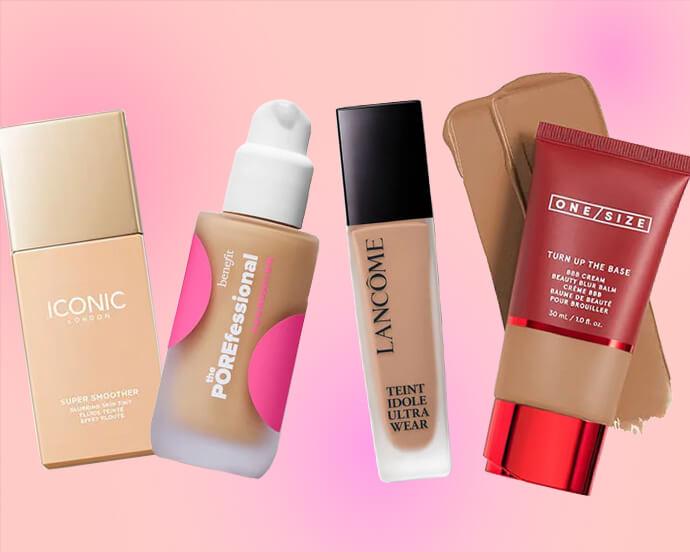
Makeup
Want an IRL Filter? These Are the Best Blurring Foundations
Published on Dec 12, 2025 • 5 min read
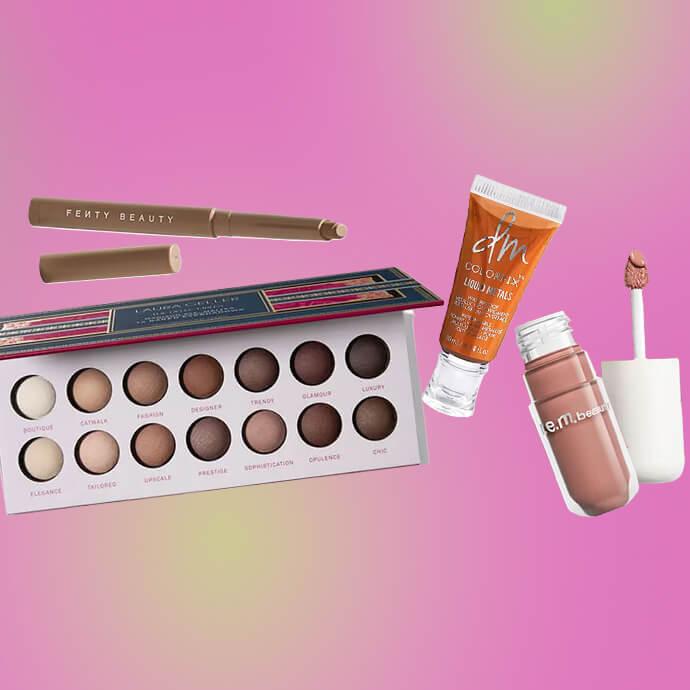
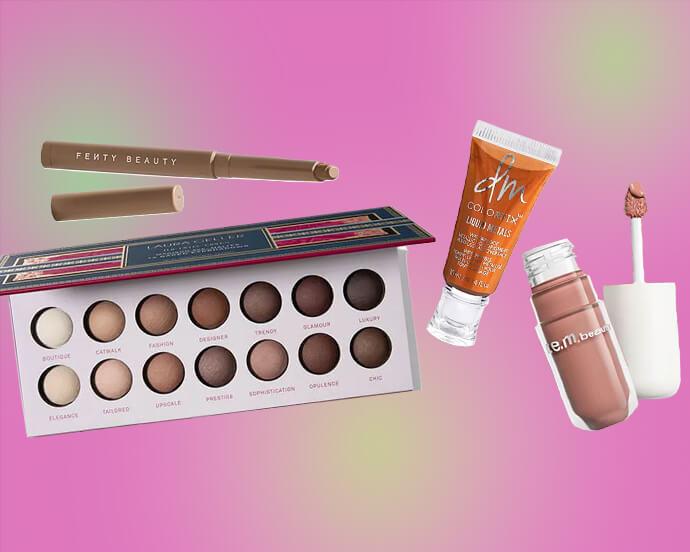
Makeup
How to Expertly Apply Eyeshadow on Mature Skin
Published on Dec 10, 2025 • 6 min read


Makeup
How to Use Bronzer and Contour to Sculpt Your Face Like a Pro
Published on Dec 5, 2025 • 9 min read


Makeup
Makeup for Older Women That Works With Your Skin, Not Against It
Published on Dec 1, 2025 • 12 min read


Makeup
2026’s Biggest Makeup Trends Are a Maximalist Dream
Published on Dec 1, 2025 • 8 min read


Makeup
2025’s Biggest Makeup Trends: Go Big or Go Home
Published on Dec 13, 2024 • 7 min read


Makeup
16 New Year’s Eve Makeup Ideas to Fashionably Ring in 2026
Published on Nov 25, 2025 • 10 min read


Makeup
Your 2026 Beauty Horoscope Is Here—and the Stars Are Serving Looks
Published on Nov 25, 2025 • 9 min read


Beauty Picked Just for You
Get 5 products worth up to $70
Plus exclusive access to epic deals up to 80% off
Starting at just $14/month. Cancel anytime.